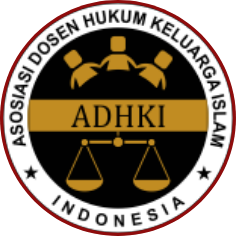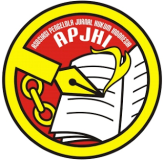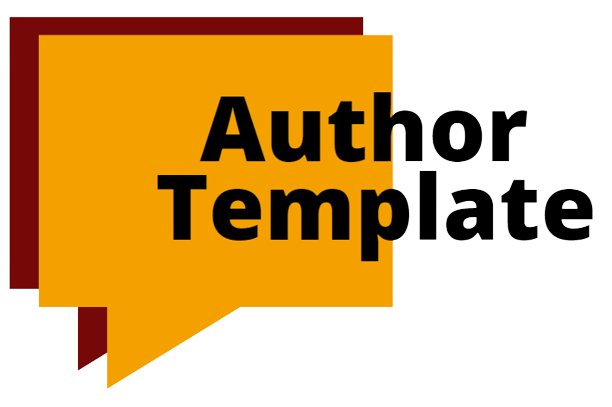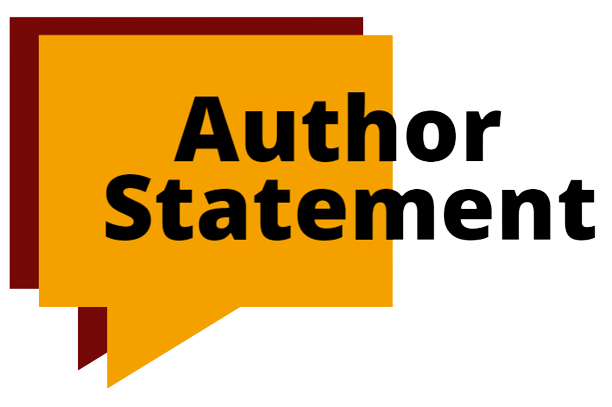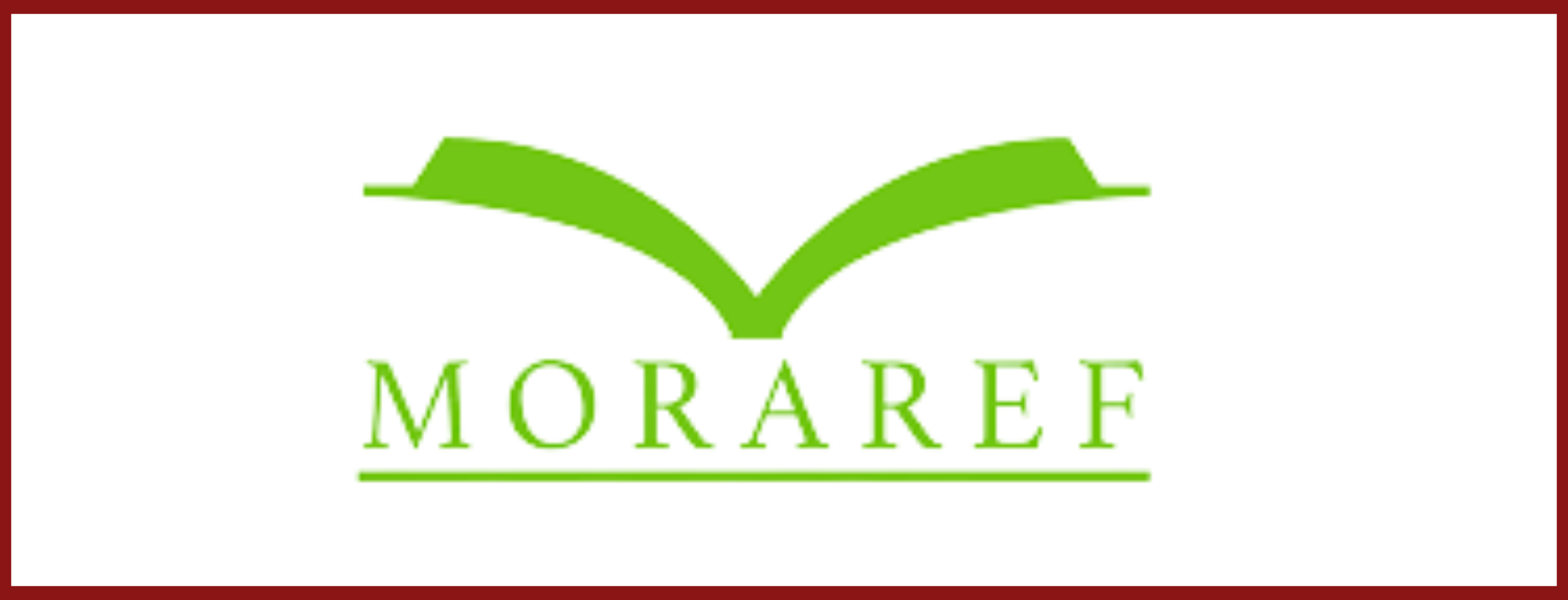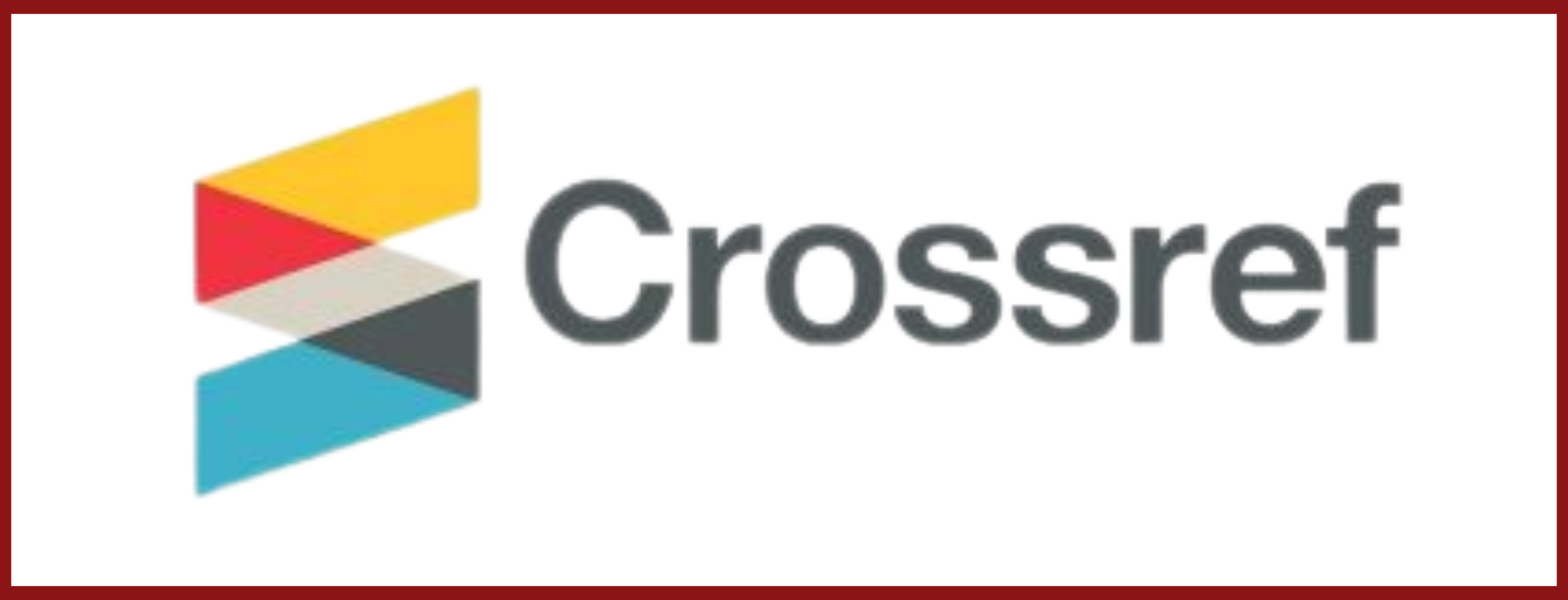Please read and understand the author guidelines for the preparation manuscript. The author who submits a manuscript to the editors should comply with the author's guidelines and template. If the submitted manuscript does not comply with the guidelines or uses a different format, it will be rejected by the editorial team before being reviewed. The editorial team will only accept a manuscript that meets the specified formatting requirements (downloadable at Template and Author Guidelines). This template is designed to assist Author in preparing the manuscript; it is an exact representation of the format expected by the editor. To use this template, please just Save As this MS Word file to your document, then copy and paste your document here. All papers submitted to the journal should be written in English language.
Paper Format
-
Manuscripts must be in English. It should be typed in MS Word doc. format; using 12-pt Times New Roman font; left, right, top, and bottom margins are 3 cm; 1.5 spaced on A4-sized paper; length: between 3,500 and 6,600 words (including abstract, references, and footnotes).
-
The article structure contains (a) Title; (b) Author(s) name, affiliation, and email address of the corresponding author; (c) Abstract; (d) Keywords; (e) Introduction); (f) Method; (g) Findings and Discussion; (h) Conclusion); (i) References, and (n) Appendices (if any).
-
The articles were sent using Arabic-Indonesian transliteration according to SKB 3 Ministers.
-
The citations and references should follow the style of the Chicago Manual of Style 17th Edition (full note) and use Reference Management Software such as Mendeley (https://www.mendeley.com).
-
The manuscript must be checked in terms of grammar, structure, spelling, etc. It is suggested to use Grammar Checker Software Grammarly (http://app.grammarly.com).
-
The manuscript must be submitted through the OJS (Fawaid: Economic Law Review website).
Title
The paper title should indicate the novelty of the research. It should be concise and informative. It does not contain infrequently used abbreviations. The main idea should be first written and followed by its explanation. Use bold for your article title, with an initial capital letter for proper nouns with 12-pt Times New Roman Bold.
Author(s) name, affiliation, and email address of the corresponding author
The author's name, affiliation, and email address of the corresponding author must not be written in the paper, just put them in the user profile on the journal website. It is suggested as well to remove all document properties and personal information from your file. The corresponding author will handle correspondence at all stages of refereeing and publication, as post-publication; this responsibility includes answering any future queries about the Methodology and Materials of the paper). Ensure that the e-mail address is given and that contact details are kept up to date by the Corresponding Author.
Abstract
Write down your paper abstract in one paragraph, in the Italic style of font in 12pt Times New Roman, with a single space, no more than 250 words. The abstract is not an introduction, nor the conclusion of the discussion. The abstract should be typed as concisely as possible and should be composed of the problem statement, method, scientific finding results, and short conclusion. Other important matters discussed in the paper that significantly contribute to the final result of the research may be noted here, but you have to consider, however, the limited space of the abstract.
Keywords
Mention only specific concepts [word or phrase], 3-5 concepts, truly conceptual words, and not too general ones. Keywords are the labels of your manuscript and are critical to correct indexing and searching. Therefore, they should be well-selected and closely related to the topic to facilitate the reader's search, and they should represent the content and highlight your article. Use only those abbreviations that are firmly established in the field. A semicolon should separate each phrase in the Keywords (;).
Introduction
An introduction of the paper (with a proportion of 15-20% of the whole article length) should clearly state the paper's purpose. It includes the background of the problem, state of art at least 5 articles sourced from reputable international journals or accredited journals for a maximum of the last 10 years, gap analysis with previous research, novelty, and research objectives are clearly presented (expressed). All introductions should be presented in the form of paragraphs, not pointers.
Method
The method section (with the proportion is 10-15% of the total article length) consists of a description of the type of research, research approach, data sources and legal materials, and data analysis methods.
Findings and Discussion
Includes a description of the findings of the work that discusses sharply (What/How), its relationship with previous concepts/theories (Why), compares critically with the work of others, and strengthens or corrects previous findings (What else).
Conclusion
Answer the research objectives and collect new findings supported by sufficient research data, accurately and in-depth (only one paragraph).
References
Every source cited in the body of the article should appear in the References, and all sources appearing in the References should be cited in the body of the article. The references should be more up-to-date (published in the last 10 years). The primary sources cited in your paper are in the forms of journal articles, proceedings, and research reports including theses and dissertations that can be accessed online (show the permalink/DOI). Citations from journal articles should be at least 80% of the total references cited. The References should be presented alphabetically and chronologically and be set to 12-pt Times New Roman font, justified, with single line spacing and hanging indent. Check each reference against the original source (author name, volume, issue, year, permalink/DOI number). Use Reference Management Software such as Mendeley (https://www.mendeley.com), to manage the references for your paper. Use other published articles in the same journal as models.

